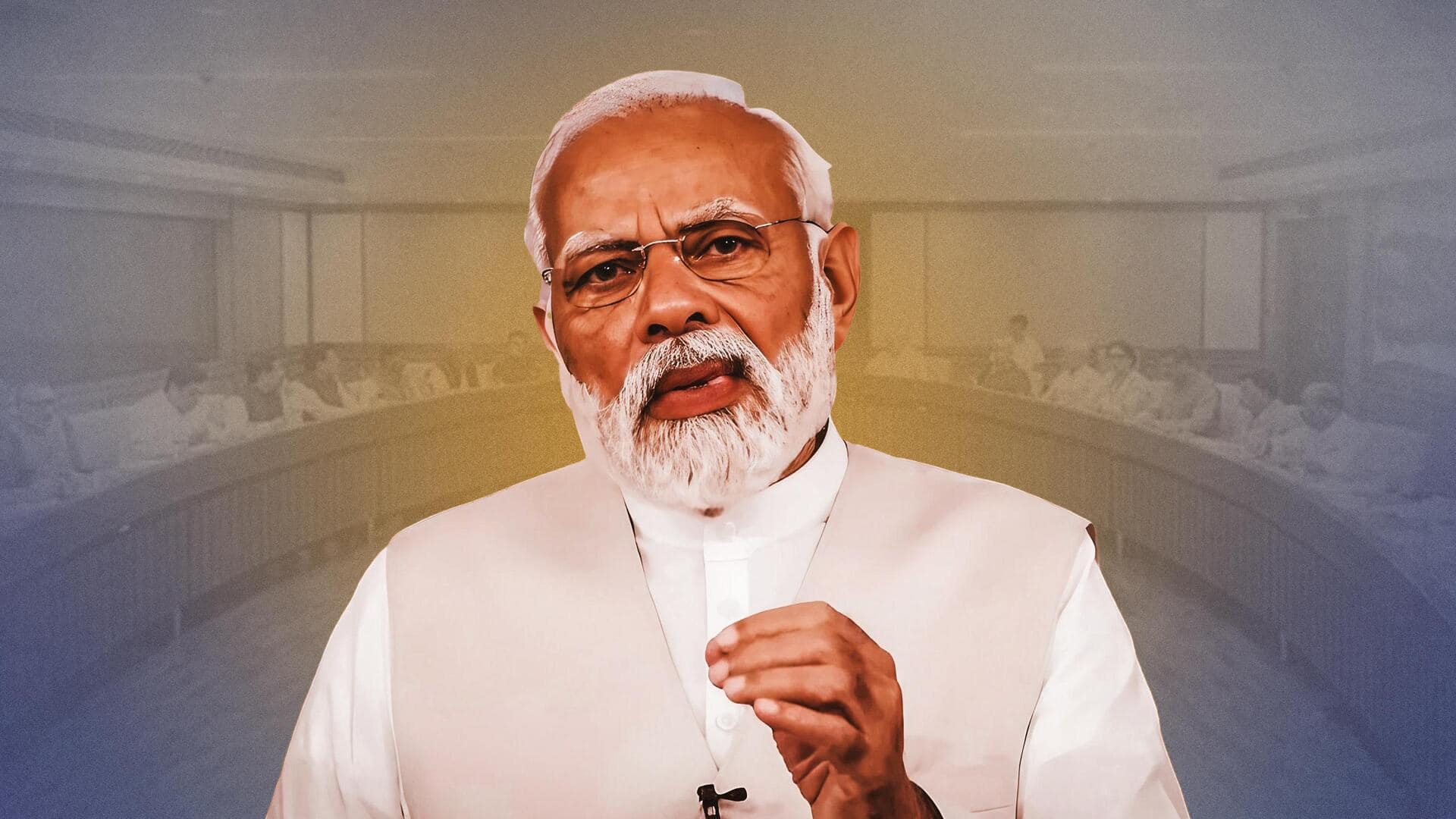
Women's Reservation Bill reaches Parliament: How it's different from UPA's
What's the story
In a landmark move, the government has approved the Women's Reservation Bill proposing 33% reservation for women in Parliament and state legislative assemblies. The bill, tabled in the Lok Sabha during a special Parliament session on Tuesday, is expected to be cleared smoothly as nearly all opposition parties support it. Although a draft legislation was passed under the previous Congress-led United Progressive Alliance (UPA) government in 2010, too, it remains to be seen whether this bill will see any changes.
Context
Why does this story matter?
If passed, the bill could expand the horizon for women's political representation. The move might also become a key part of Prime Minister Narendra Modi's legacy and help the Bharatiya Janata Party (BJP) in the upcoming state assembly elections and 2024 Lok Sabha polls. Surprisingly, while most parties claim to support women's reservation, the bill has repeatedly failed to gather the required numbers in the Parliament. Recently, opposition parties, too, mounted pressure on the Modi government to introduce the bill.
Bill
About Women's Reservation Bill
The Women's Reservation Bill aims to provide greater political representation to women by reserving one-third of seats in the state legislative assemblies and the Parliament for women. It also carries the provision of sub-reservation for Scheduled Castes (SC), Scheduled Tribes (ST), and Anglo-Indians within the 33% quota. The reserved seats will reportedly be allocated in different constituencies on a rotational basis, and the quota will be applicable until 15 years after its enactment.
What Next?
Comparing UPA and NDA's versions of bill
The BJP government's version of the bill might cover the Rajya Sabha and legislative councils, unlike the previous bill that only covered the Lok Sabha and legislative assemblies. Additionally, the new bill might include the Other Backward Classes (OBC) within the proposed quota along with SCs and STs—a demand made by parties like the Samajwadi Party (SP) and the Rashtriya Janata Dal (RJD). The government might also withdraw the UPA government's bill as bills passed in Rajya Sabha don't lapse.
Details
Introduced and failed multiple times
First introduced by former Prime Minister Rajiv Gandhi in May 1989, the bill reportedly failed to pass in the Rajya Sabha. In 1996, the Deve Gowda-led United Front government introduced the bill in the Lok Sabha but failed to get approval again. Atal Bihari Vajpayee's National Democratic Alliance (NDA) government reintroduced the bill in 1999, 2002, and 2003 but didn't succeed. The UPA government in 2008 tabled the bill which was later passed in the Rajya Sabha in 2010.
Insights
Already passed for local bodies
The UPA government, however, didn't take up the bill for consideration in the Lok Sabha, following which it reportedly lapsed in 2014. Under former PM PV Narasimha Rao in 1992 and 1993, both houses passed the bill to reserve one-third of seats for women in rural and urban local bodies. The law paved the way for 15 lakh elected women representatives in local bodies today. Currently, women make up about 15% of total Lok Sabha MPs, the highest-ever proportion.